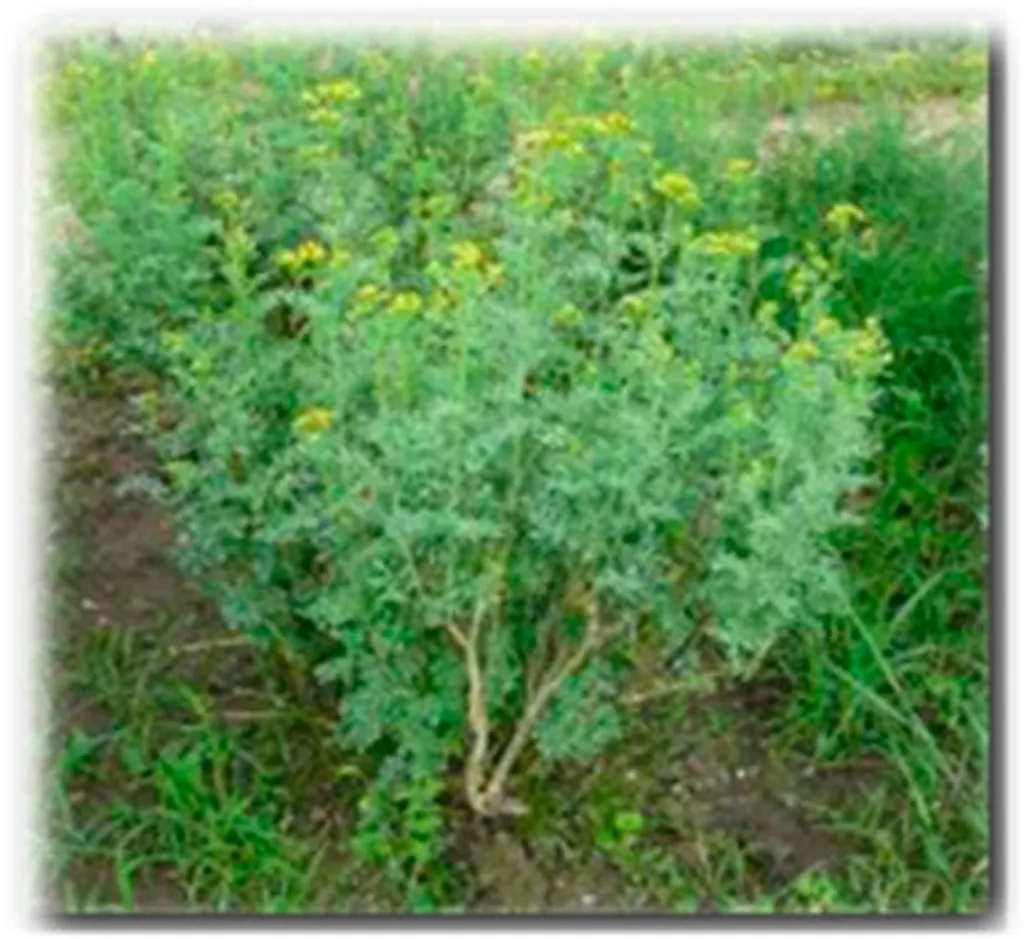In the heart of Morocco, a humble herb has been quietly holding the key to a treasure trove of medicinal properties. Ruta montana, a perennial plant deeply rooted in traditional Moroccan healing practices, has been the subject of a groundbreaking study led by Nesrine Benkhaira from the Laboratory of Microbial Biotechnology and Bioactive Molecules. The research, published in the journal *Scientifica* (translated to “Scientific”), has unveiled the plant’s potential to revolutionize the natural therapeutic landscape, with significant implications for the energy sector’s pursuit of sustainable and efficient solutions.
The study, which employed advanced techniques like GC–MS for chemical profiling and molecular docking for in silico analysis, has shed light on the bioactive constituents of Ruta montana essential oil (RMEO). The primary components identified were 2-undecanone, limonene, and 2-nonanone, which collectively contribute to the plant’s remarkable antimicrobial, antioxidant, and antidiabetic properties.
Benkhaira and her team demonstrated that RMEO significantly inhibits α-amylase and α-glucosidase enzymes, indicating its potential as a natural antidiabetic agent. “The inhibition of these enzymes is crucial in managing diabetes, as they play a pivotal role in carbohydrate metabolism,” Benkhaira explained. The study’s findings also highlighted RMEO’s strong antioxidant activity, as evidenced by its performance in the ferric reducing power and β-carotene bleaching assays.
The antimicrobial evaluation revealed RMEO’s remarkable activity against Micrococcus luteus and Staphylococcus aureus, with moderate anticandidal activity against Candida albicans. The minimal inhibitory and bactericidal concentrations (MIC and MBC) ranged from 2.25 to 72 mg/mL, confirming both bactericidal and fungicidal effects. These findings were further supported by molecular docking and ADME analysis, providing a comprehensive understanding of RMEO’s therapeutic potential.
The implications of this research extend beyond the realm of medicine, with significant commercial impacts for the energy sector. As the world grapples with the challenges of climate change and the need for sustainable energy solutions, the discovery of natural, bioactive compounds like those found in RMEO offers a glimmer of hope. These compounds could potentially be harnessed to develop eco-friendly antimicrobial agents for use in bioenergy production, ensuring the efficiency and longevity of energy systems.
Moreover, the antioxidant properties of RMEO could be exploited to enhance the stability and performance of biofuels, addressing one of the key challenges in the bioenergy sector. By integrating these natural compounds into energy systems, the industry could take a significant step towards achieving sustainability and reducing its environmental footprint.
As the world continues to seek innovative solutions to global challenges, the study of traditional medicinal plants like Ruta montana offers a promising avenue for exploration. The research led by Benkhaira and her team not only highlights the plant’s potential as a natural therapeutic agent but also paves the way for its application in the energy sector. With further research and development, the humble Ruta montana could well become a cornerstone of sustainable and efficient energy solutions, shaping the future of the industry.

